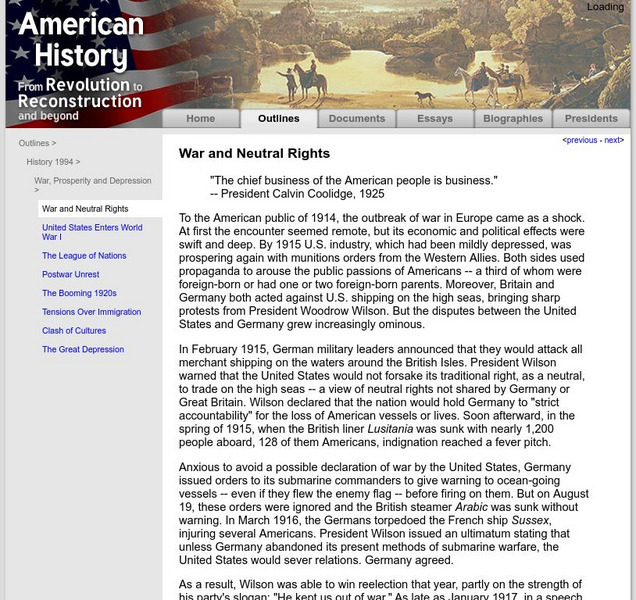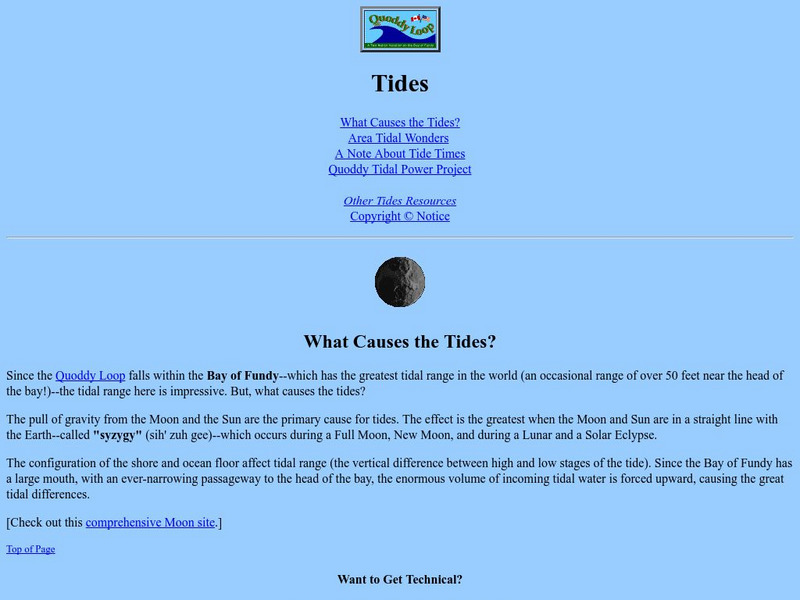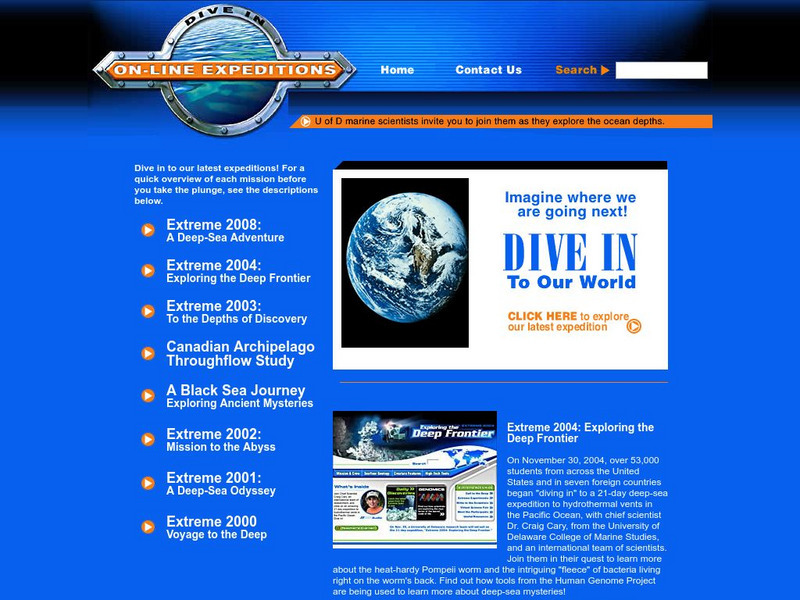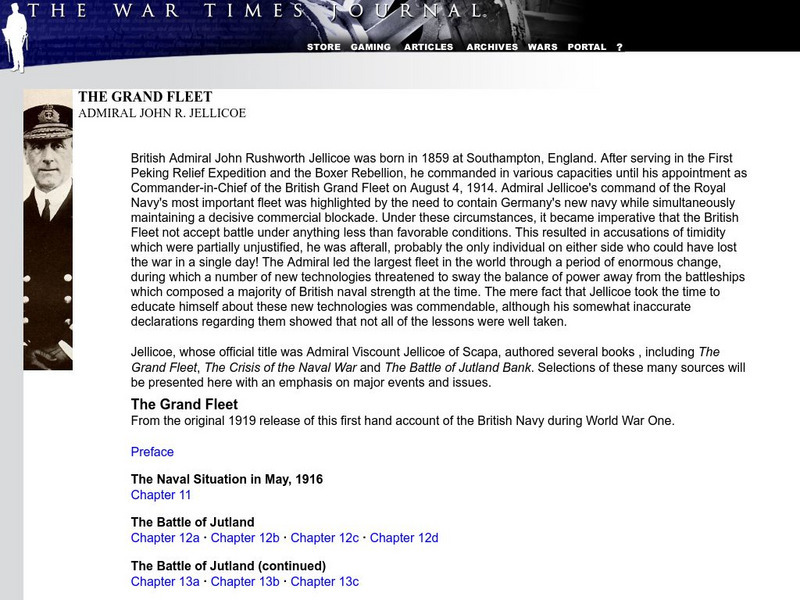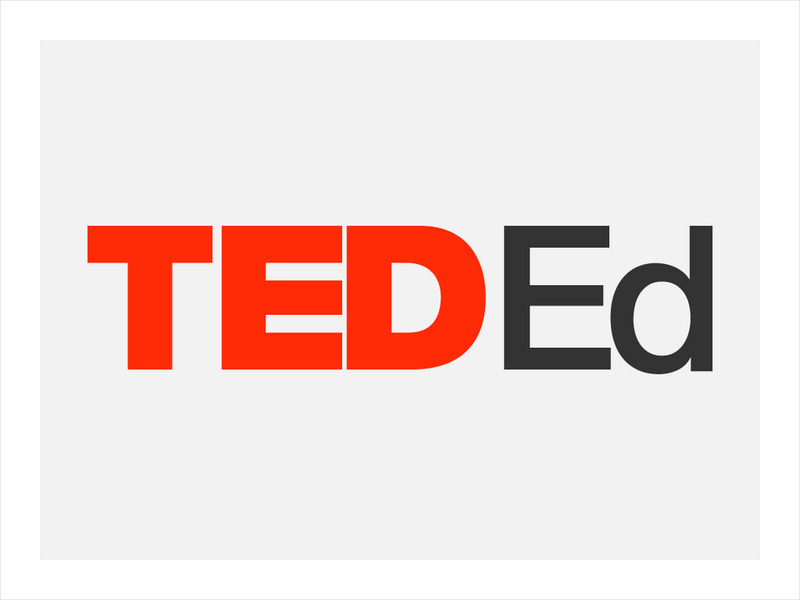Hi, what do you want to do?
Khan Academy
Khan Academy: The Four World Zones
Learn about four groups of humans developed from non-connected geographic zones due rising seas. Human history can be explained by this division.
University of Groningen
American History: Outlines: War and Neutral Rights
This resource presents a brief discussion of U.S. neutrality early in World War I and of the events which brought the country closer to war.
Other
Quoddy Loop: Tides
This resource gives an in-depth description of the Quoddy Loop of Islands within the Bay of Fundy. This area has the greatest tidal range in the world. Learn what causes these massive tides.
United Nations
United Nations Sustainable Development Issues
United Nations Division for Sustainable Development covers issues ranging from Agriculture to Waste. This site offers documents and action plan implementation for sustainable development of the earth's natural resources.
Untamed Science
Untamed Science: Biology: World Biomes: Deep Sea Biome
Read about the different zones and life in the deep sea as well as watch videos and examine photos of this aquatic biome. [5:54]
NOAA
Noaa: Ocean Science Careers
Study the different types of ocean related careers that are available and how you can make a difference without having to be a professional.
Other
University of Delaware: On Line Expeditions
Dive into the world of the deep sea with this website! Site includes information about the missions and discoveries made by the dive team as they explore deep sea hydrothermal vents.
Other
The War Times Journal: The Grand Fleet
Selections from the war time memoirs of Admiral Jellicoe who was the British naval commander at the Battle of Jutland. These writings provide a glimpse into the use of British naval tactics at the naval battle.
Nobel Media AB
The Nobel Prize: The Nobel Prize in Literature 1907
At this website from the Nobel eMuseum, you can read a biography of Rudyard Kipling, which summarizes Kipling's life, education, and published works. In additon, the Presentation Speech given by C.D. af Wirsen provides a detailed...
Columbia University
Scientific Background on the Indian Ocean Earthquake and Tsunami
This site features information and related links that can be used by students and scientists to understand the events that led to the December 2004 Indian Ocean tsunami.
Curated OER
The Ocean
The National Weather Service presents "The Oceans" a complete site of the worlds water. Including information on layers of the ocean, waves, tides, and more. Also includes learning lessons and review questions.
Sesame Street
Sesame Street Games
These interactive games allow young children to explore the jungle, the oceans and the arctic regions. Children can look for animals in that area of the world.
TED Talks
Ted: Ted Ed: Why Are Sharks So Awesome?
Sharks have been celebrated as powerful gods by some native cultures. And today, sharks are recognized as apex predators of the world's ocean. What is it that makes these fish worthy of our ancient legends and so successful in the seas?...
Natural History Museum
Natural History Museum: Hydrothermal Vents
This resource is part of a larger online exhibit on the world of oceans. The information on this page is very brief in relation to hydrothermal vents, but the site links to a full-length pdf format article on the subject. The article is...
Curated OER
Unesco: Bahrain: Pearling, Testimony of an Island Economy
The site consists of seventeen buildings in Muharraq City, three offshore oyster beds, part of the seashore and the Qal’at Bu Mahir fortress on the southern tip of Muharraq Island, from where boats used to set off for the oyster beds....
PBS
Pbs Learning Media: Sharks in Our Future
In this video segment from Nature, see the value that sharks can have on the tourism industry in an area. [1:41]
Curated OER
Science Kids: Science Images: Indian Ocean
This is a satellite image of the Indian Ocean, the third largest ocean in the world. For more information on the Indian Ocean and other oceans of the world, check out our fun ocean facts for kids.
Curated OER
Science Kids: Science Images: Pacific Ocean
This is a satellite image of the Pacific Ocean, the largest ocean in the world. For more information on the Pacific Ocean and other oceans of the world, check out our fun ocean facts for kids.
Curated OER
Surf's Up!
The National Weather Service presents "The Oceans" a complete site of the worlds water. Including information on layers of the ocean, waves, tides, and more. Also includes learning lessons and review questions.
Environmental Education for Kids
Eek!: Water Wonders
This site from the Environmental Education for Kids contains colorful and detailed information on water resources. Site covers fascinating tips and facts, as well as engaging quizzes on the wonderful world of water. Best suited for...
Other
Earth Sky: When Did Humans Start Altering Earth?
The ArchaeoGlobe Project assessed knowledge on human land use over the past 10,000 years, through the contributions of more than 200 archaeologists. It concluded that, by 3,000 years ago, most of Earth was already transformed by...
Curated OER
Unesco: New Zealand: New Zealand Sub Antarctic Islands
The New Zealand Sub-Antarctic Islands consist of five island groups (the Snares, Bounty Islands, Antipodes Islands, Auckland Islands and Campbell Island) in the Southern Ocean south-east of New Zealand. The islands, lying between the...
California State University
California State University: Shipbuilding
This page from the California State University entitled, "Who else in the world was prepared to discover and seek the fortunes of the seas?" describes ships built by these civilizations and explains their reasoning for not joining the...
SMART Technologies
Smart: Final Project Map Skills
This lessons explores the different ways we can view our world along with the different parts of a map or globe.






